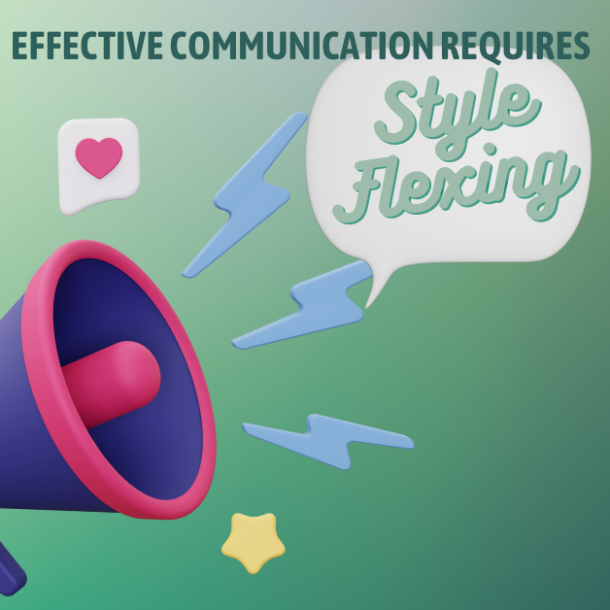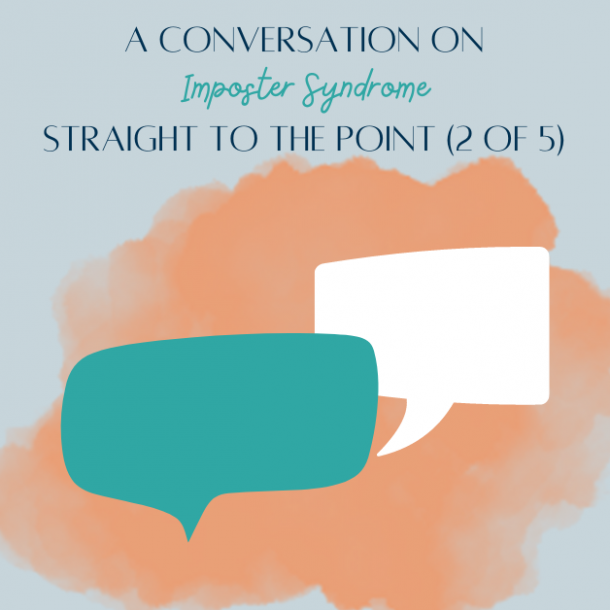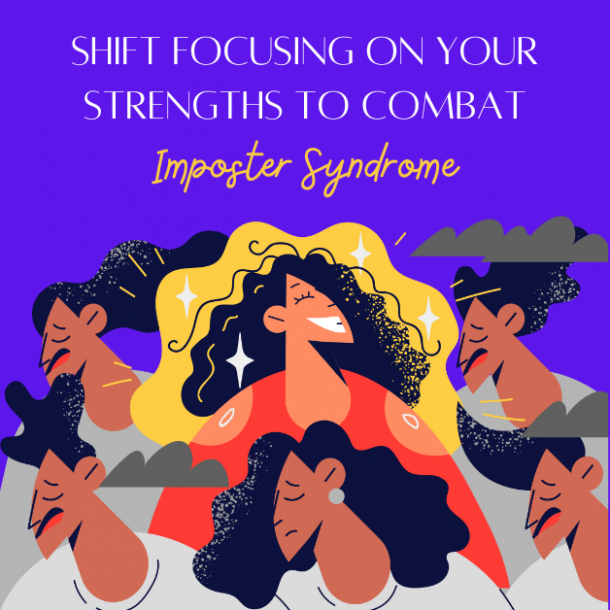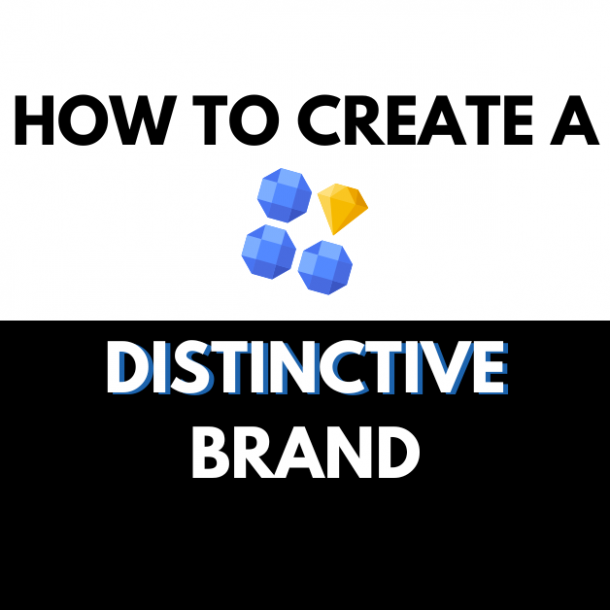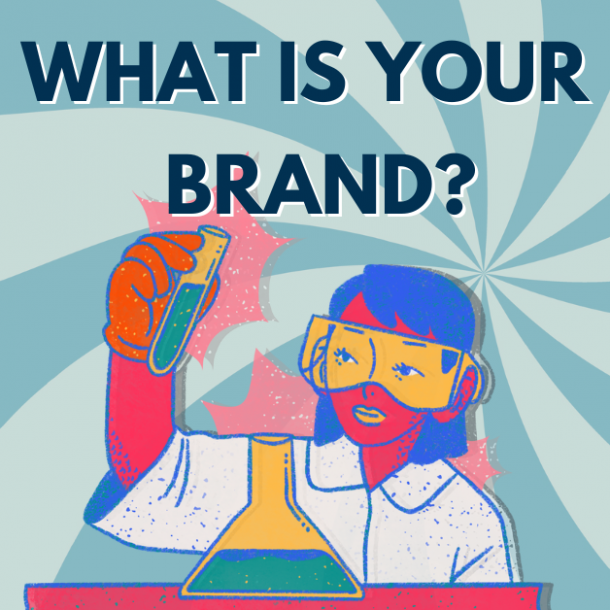
UpSkill: Branding and Brand Strategy to Shine Your Unique Beam
In this post we expand on the discussion we had with Peter Wilken on branding. Whatever your situation is you need to figure out “What kind of lighthouse you are.” What does that mean?
Before we can break that down, we need to understand other essential pieces of branding. Firstly, we need to understand if we truly own our brands. As Wilken says, we don’t.
Your brand is owned by your stakeholders. You can control it and manage it. You can reinforce your key promises every day in a positive way. This will help you control your brand up to a point. But you should never forget that you don’t actually own your brand. If you’ve got a strong brand, your customer groups or your stakeholder groups will own it. They dictate how your brand is perceived.
So brand building is key to a small part of control of owning your brand. People often think of brand building as developing a brand’s visual identity, such as redoing a logo. However, it has to be more in-depth than that.
More often than not, the shallow actions are a sign that says “We’re trying to deal with something we can’t manage and we’re not sure about. We’re not quite clear about our positioning. We’ve got a competitor over here who’s threatening our business, or we’ve got an opportunity here that we’re not quite sure about.”
Design and communication is not unimportant. However, it shouldn’t be the beginning of the journey. It should be the end. Focusing on the design is like focusing on your clothing. It doesn’t matter if you change your clothes and don’t change your personality or what your beliefs or actions are. You need to have a clear brand strategy.
A brand strategy is a combination of brand and strategy. So if your brand is this territory in the mind that you want to own, strategy is just choices. Brand strategy is the choices that you make to be able to define and deliver that territory in the mind. Brand strategy is the absolute integral center of business strategy as well. Your brand should be at the center of driving your business strategy and your communication strategy and your design strategy.
Then there is brand DNA, which consists of some key components.
1. The heart of your DNA
Your overarching commitment to your stakeholders. What is it that you’re gonna do for them, as a result of what you’re doing for them? What’s the benefit that they derive from that? So you are always customer-oriented. You never forget that. You’re also idea oriented because sometimes customers don’t know things they’ve never seen before. So you know, it allows you to introduce new things as well. Customers don’t often know exactly what they want until they’ve seen it or experienced it.
2. Promise, benefit.
This used to be called your “spiritual culture” — which is how you go about delivering that promise. Many brands differentiate themselves.
So you could be in the service industry and you could adopt a approach of being very efficient on time, effective, profitable, but relatively cold and impersonal. Or you could be, very, interpersonal and more soft skill oriented. You could be empathetic and you could be warm and caring and nurturing and take more time to have a personal touch for delivering exactly the same kind of service. So the spirit and the culture is often where you find differentiation, but not always.
3. And then you’ve got your role.
The reason you exist? What’s the reason that you do this? What’s your compelling story, that others could relate to? And what do you believe in that others are going to believe in too?
4. The “icons or attributes”
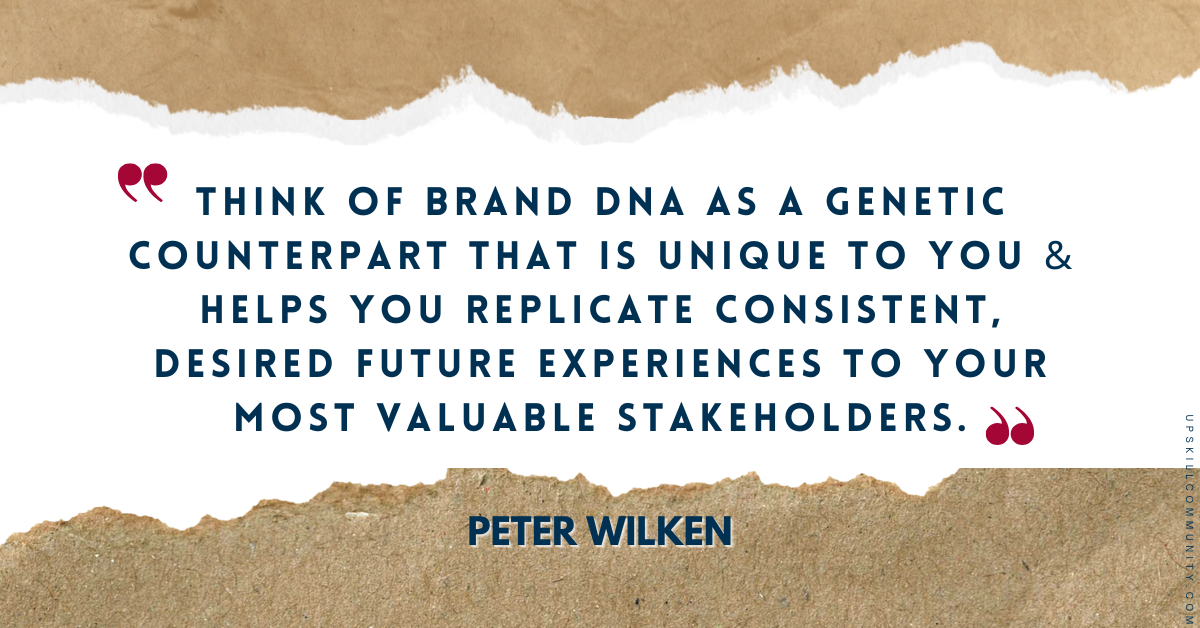
The assets and the things that spark off or, or a mind have become unique to you. So, Leo Burnett, the ad agency from Chicago, was brilliant at the icons and the assets. Every single Leo Burnett office would have a bowl of red apples on the welcome desk. And that will harp back to the story of Leo Burnett when he said he first broke away from his agency and said he would form his own.
It was during the height of the depression or just after the depression and somebody gave him a bag of red apples saying, “Hey you, you’re gonna be starving so you might as well enjoy these.” So he used that as a symbol of fight for what you believe in.
You could still have a relevant promise that needs just to be communicated in a language that’s more relevant to Gen Zs or baby boomers. It’s the same thing with your lighthouse. Every lighthouse has a beacon too, though, which is a proactive outward communication into the future, into the dark. It says “come to us.”

